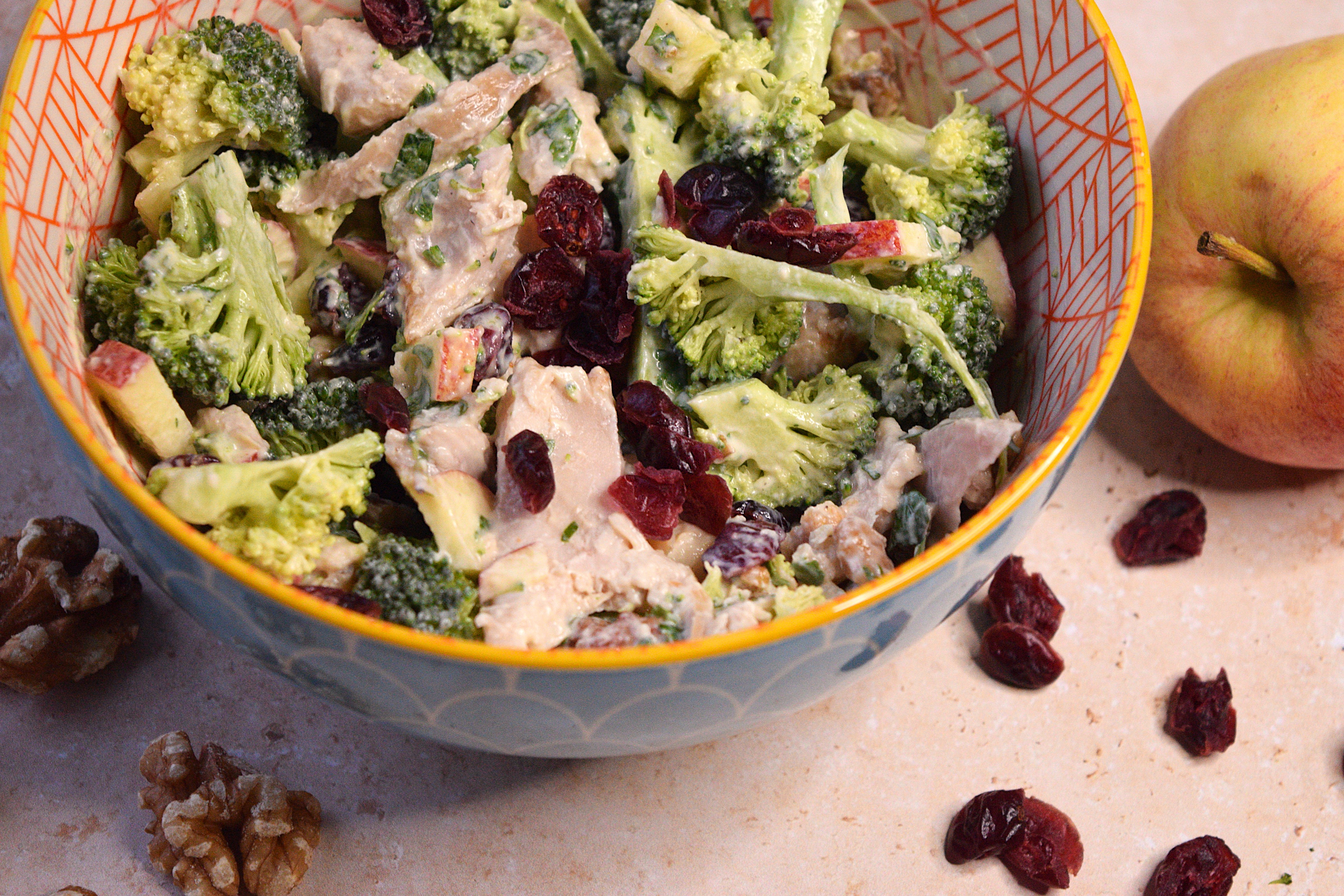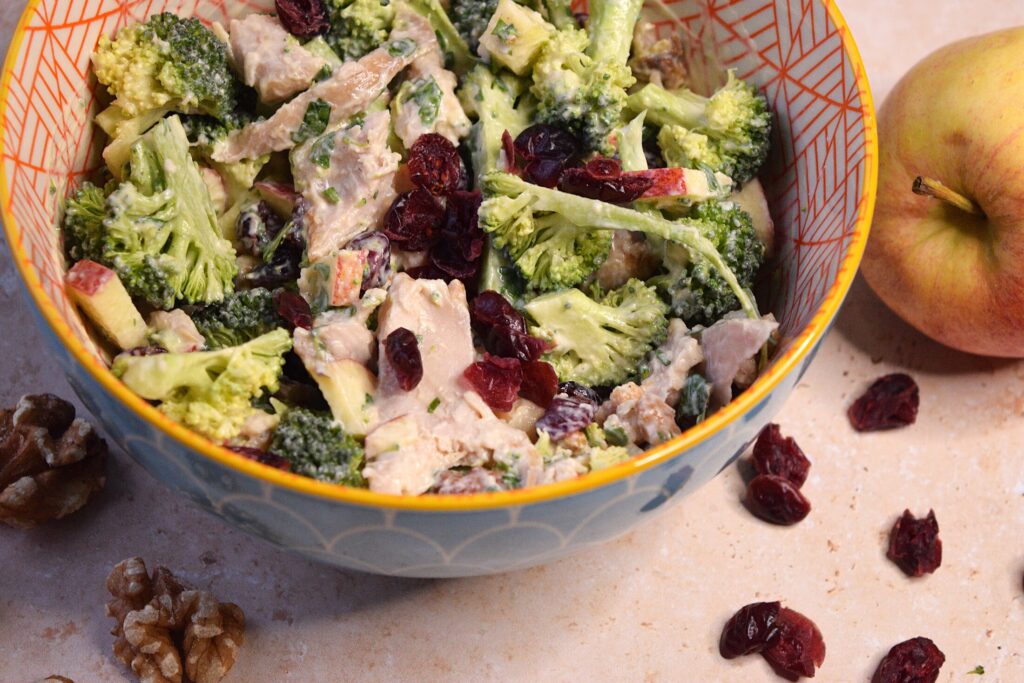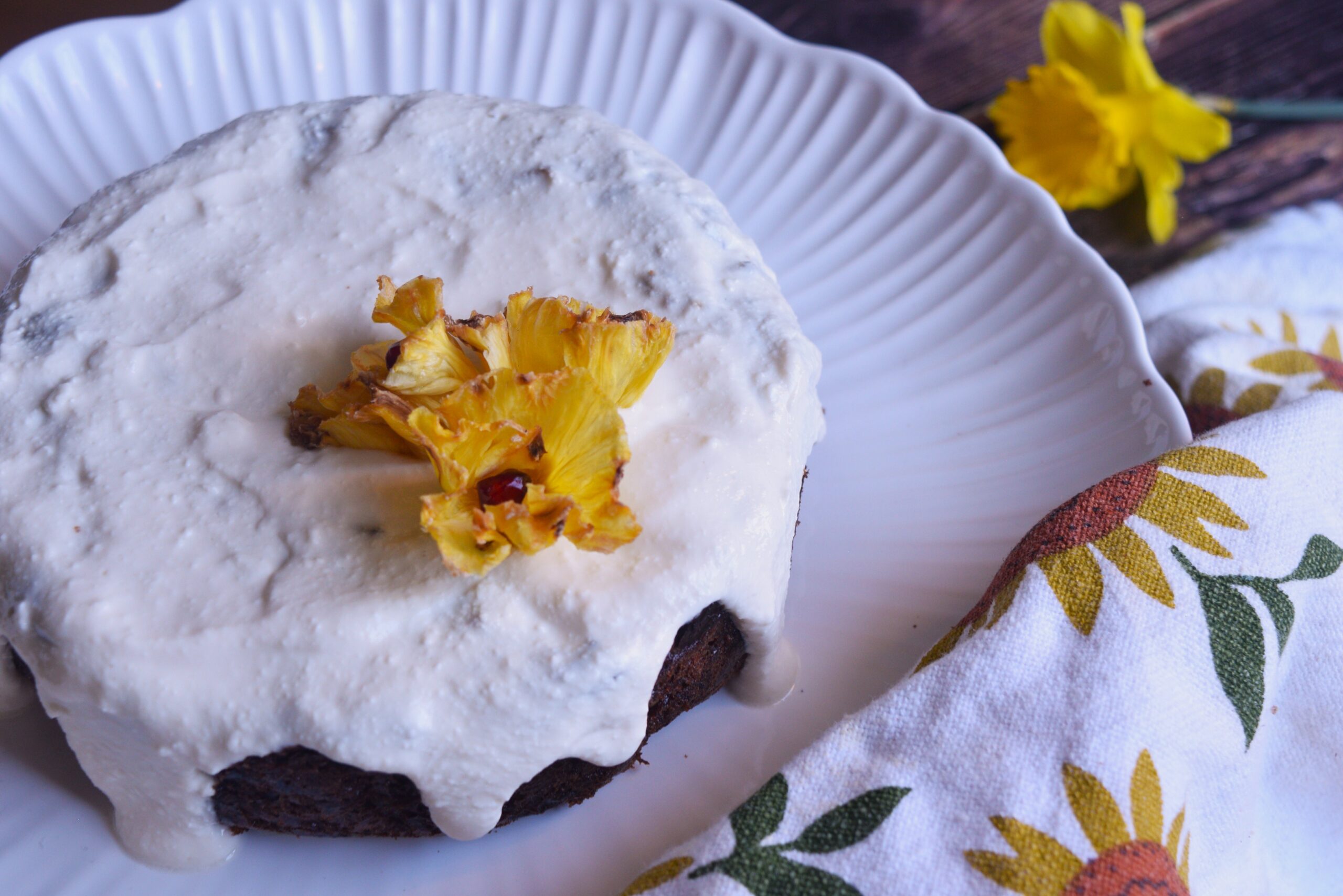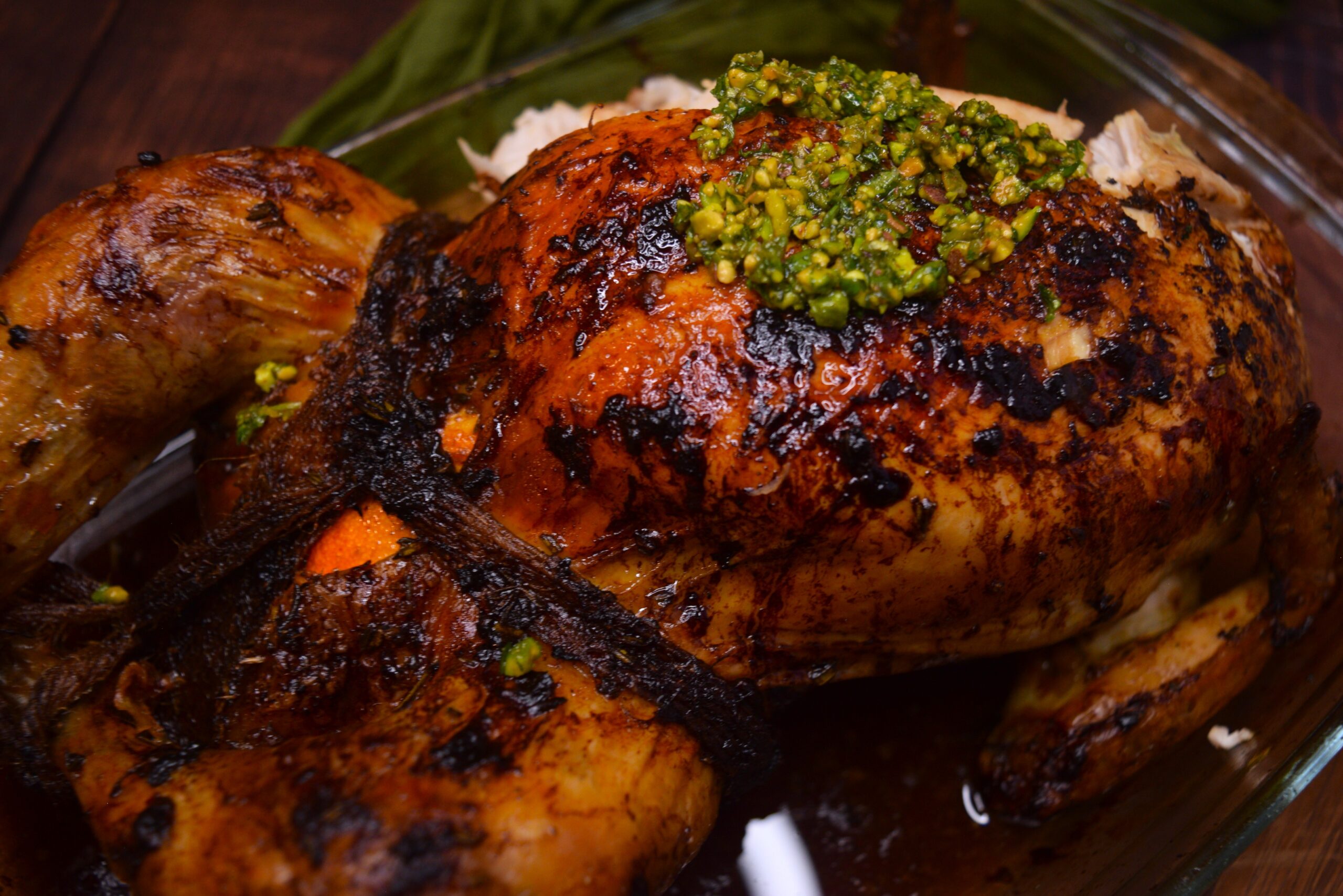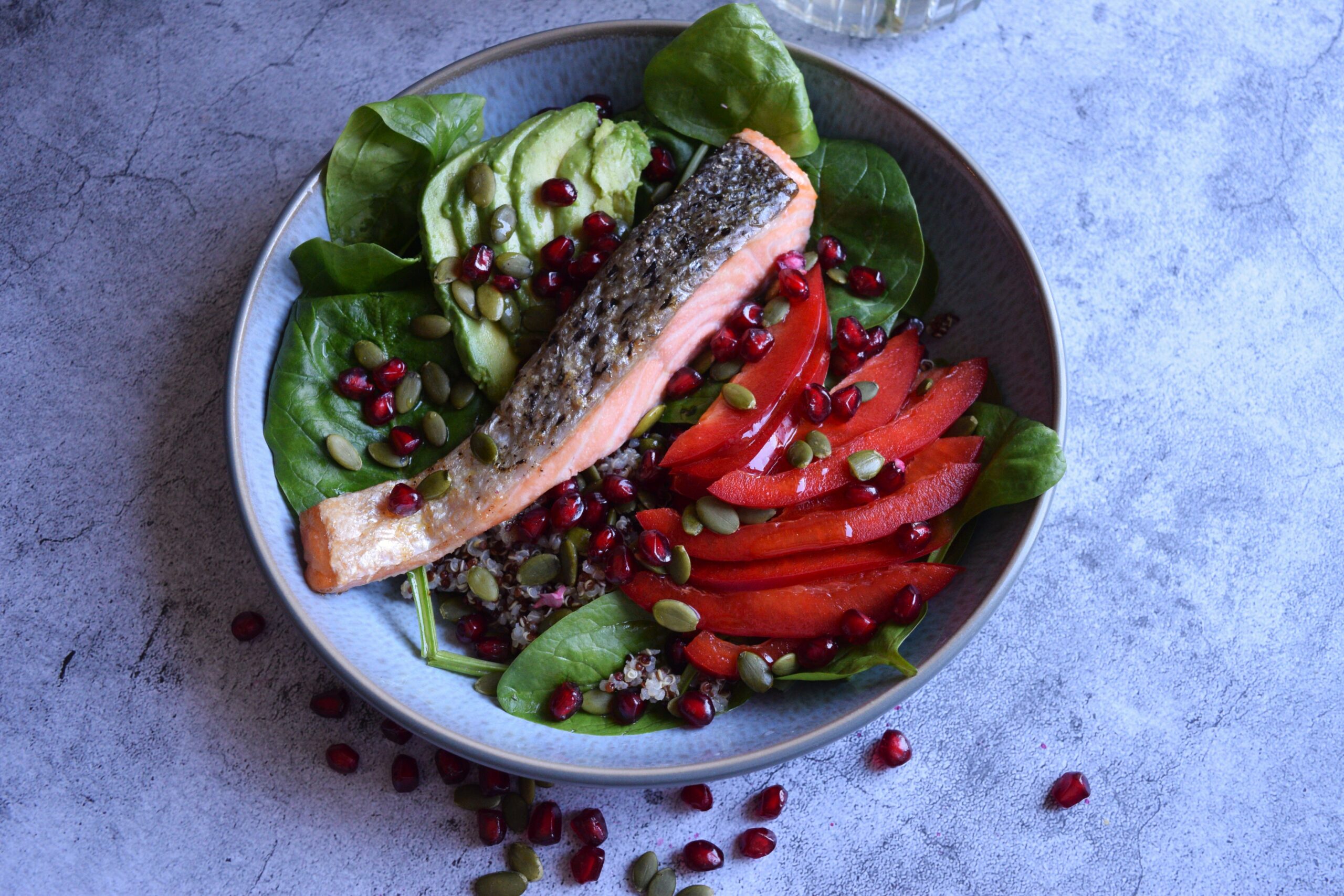Christmas has come and gone, and if you’re anything like me, your fridge is likely still filled with leftovers from the big holiday feast! After all the indulgent roasts, rich sides, and sweet treats, it’s time for something a bit lighter and fresher.
This Leftover Chicken, Cranberry & Broccoli Salad is a perfect way to use up any leftover roast chicken (or turkey!) and give it a healthy twist. It’s crunchy, tangy, and full of flavors that will make you feel good after the holiday indulgence. With crisp broccoli, tart dried cranberries, crunchy walnuts, and a creamy, tangy dressing, it’s a salad that’s hearty enough for a satisfying lunch but light enough to feel refreshing.
You can even adapt this recipe to use up any other leftover meats you have on hand—it’s a great way to minimize food waste and start the new year on a healthy note!
Leftover Chicken, Cranberry & Broccoli Salad with Walnuts
3
servings385
kcal25
minutesIngredients
2-3 cups leftover roasted chicken or turkey, shredded
2 cups fresh broccoli florets, chopped into bite-sized pieces
1/2 cup dried cranberries (look for unsweetened if you want to keep it extra healthy)
1/3 cup walnuts, roughly chopped
1 small apple, diced (optional for extra sweetness)
2-3 tablespoons fresh parsley, chopped (or your favorite fresh herbs)
- For the Dressing
1/4 cup Greek yogurt (or dairy-free alternative)
2 tablespoons mayonnaise (optional, for a creamier dressing)
1 tablespoon Dijon mustard
1 tablespoon apple cider vinegar or lemon juice
1 teaspoon honey or maple syrup
Salt and pepper, to taste
Directions
- Prepare the Ingredients. Chop the broccoli into small, bite-sized florets. If you’re adding apple, dice it into small cubes.
- Shred the leftover chicken or turkey into bite-sized pieces.
- In a large salad bowl, combine the broccoli, shredded chicken, cranberries, walnuts, apple (if using), and fresh parsley.
- Make the Dressing. In a small bowl, whisk together the Greek yogurt, mayonnaise (if using), Dijon mustard, apple cider vinegar or lemon juice, honey, salt, and pepper until smooth.
- Taste and adjust the seasoning if needed. If you prefer a tangier flavor, add a bit more vinegar or lemon juice. For a touch more sweetness, add a little extra honey.
- Assemble the Salad. Pour the dressing over the salad ingredients in the bowl.
- Toss everything together until the chicken, broccoli, and other ingredients are well-coated with the dressing.
- For the best flavor, let the salad sit for about 10-15 minutes before serving so the ingredients can meld together.
- Serve & Enjoy. Serve the salad in individual bowls or on a large platter for sharing. It makes a fantastic light lunch or a colorful addition to your winter dinner table. The flavors only get better as they sit, so feel free to make this salad ahead of time!
Recipe Video
Why This Salad is Perfect for Post-Christmas
The days after Christmas are all about finding a balance between enjoying the season’s treats and getting back to healthier habits. This Leftover Chicken, Cranberry & Broccoli Salad hits the perfect spot—it’s a great way to make sure no food goes to waste, while also embracing lighter, nutrient-packed meals.
The fresh broccoli adds a satisfying crunch and is full of fiber, the cranberries offer a pop of festive tartness, and the walnuts provide healthy fats and a delicious texture. It’s a great dish to transition from holiday indulgence to New Year’s health goals without sacrificing flavor!
Tips & Variations
- Make It Vegan: Use chickpeas or roasted butternut squash instead of chicken, and swap Greek yogurt for a dairy-free alternative.
- Extra Protein: Add a handful of crumbled feta or goat cheese for a creamier texture and extra protein.
- More Greens: Mix in a handful of baby spinach or arugula to add more leafy greens to the salad.
- Storage: This salad can be stored in the fridge for up to 3 days. The flavors will continue to meld together, making it a delicious grab-and-go meal for busy days.
A Bright and Festive Touch After Christmas
This salad is a lovely way to extend the holiday spirit without feeling weighed down by heavy meals. It’s also a great dish to prepare if you’re looking to eat a bit lighter without giving up on flavor or festive touches.
Whether you’re repurposing a roast chicken, leftover turkey, or even a vegetarian main, this salad will add a burst of color and freshness to your post-Christmas table. It’s a delightful reminder that healthy food can be just as satisfying, especially when you make the most of what you have!
Happy New Year & Healthy Eating!
I hope this recipe helps you make the most of your leftovers and brings a bit of joy to your kitchen as you step into the new year. Here’s to a delicious and healthy 2024! 🥂🌟
Nutrition Facts
4 servings per container
- Amount Per ServingCalories385
- % Daily Value *
- Total Fat
14g
22%
- Saturated Fat 2.4g 12%
- Total Carbohydrate
39g
13%
- Dietary Fiber 12g 48%
- Sugars 16g
- Protein 18.6g 38%
* The % Daily Value tells you how much a nutrient in a serving of food contributes to a daily diet. 2,000 calories a day is used for general nutrition advice.

